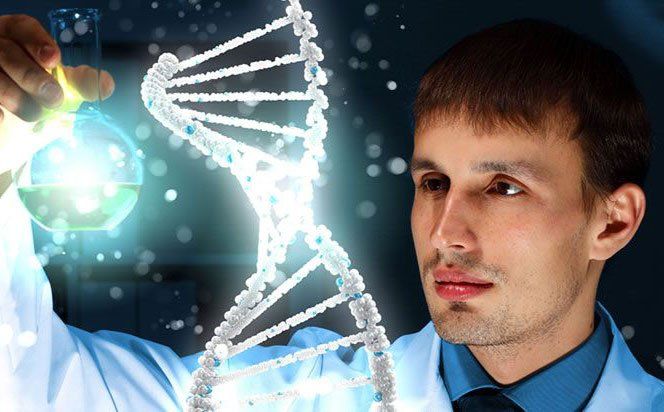MY ACCOUNT
BRG1-MT
Brahma-related Gene 1 –mt (K798R, ATPase-deficient)
- Species; Human
- Expression Host: Baculovirus-insect cell
- Tag: His-tag
- Purity: 90%
- Molecular Weight: 189.0 kDa.
- Gene Accession Number: NM_003072.
Purification and Quality Control
The His-tag recombinant protein is purified by affinity chromatography in combination with FPLC columns.
The purified Brg1-mt(K798) is greater than 90% homogeneous based on SDS-PAGE analysis.
Unit Definition (Activity)
1 unit equals 1 nanogram purified protein. 50 - 100 units are required for an in vitro nucleosome remodeling assay and 100 units are required for a protein-protein interaction assay.
Applications
Recombinant BRG1 can be used 1) for protein-protein interaction assay; 2) for in vitro transcription assay; 3) for in vitro nucleosome remodeling assay; and 4) for cell growth assay.
Formulation and Storage
The protein is in 20mM Tris-HCl pH7.9,100mM NaCl, 0.2mM EDTA, 1mM DTT and 20% glycerol. Stored at -70°C before use. Avoid repeated freeze thaw cycles.
Synonym
Brahma-related Gene 1; BAF190; BRG1; FLJ39786; hSNF2b; RTPS2;SNF2; SNF2-BETA; SNF2L4; SNF2LB and SWI2.
Background
BRG1 is an essential component of the SWI/SNF chromatin remodeling complexes and is implicated in multiple functions through its interaction with different proteins, including the tumor suppressor protein pRb (Cat#P2007) (1), serine-threonine kinase LKB1 (2), and other transcription factors (3,4). Mutation of lysine to arginine at position 798 in the DNA-dependent ATPase domain of BRG1 a) failed to restore normal growth to swi2- cells (5), b) reduced its ability to repress c-fos transcription (6), and c) reduced CIITA (class II transactivator) induction and enhanced the rate of induction of the interferon-g-responsive GBP-1 gene (7).
References
1. Dunaief, J.L. et al., (1994) Cell 79, 119-130
2. Marignani, P.A. et al., (2001) J. Biol. Chem. 276, 32415-32418
3. Brockmann, D. et al., (2001) Gene 277, 111-120
4. Barker, N. et al., (2001) EMBO J. 20, 4935-4943
5. Khavari, P.A. et al., (1993) Nature 366, 170-174
6. Murphy, D.J. et al., (1999) Mol. Cell. Biol. 19, 2724-2733
7. Pattenden, S.G. et al., (2002) EMBO J. 21, 1978-1986
DISCLAIMER
This products is recommended For RESEARCH USE ONLY and is Not qualified for Use in Diagnostic or Therapeutic Procedures.




